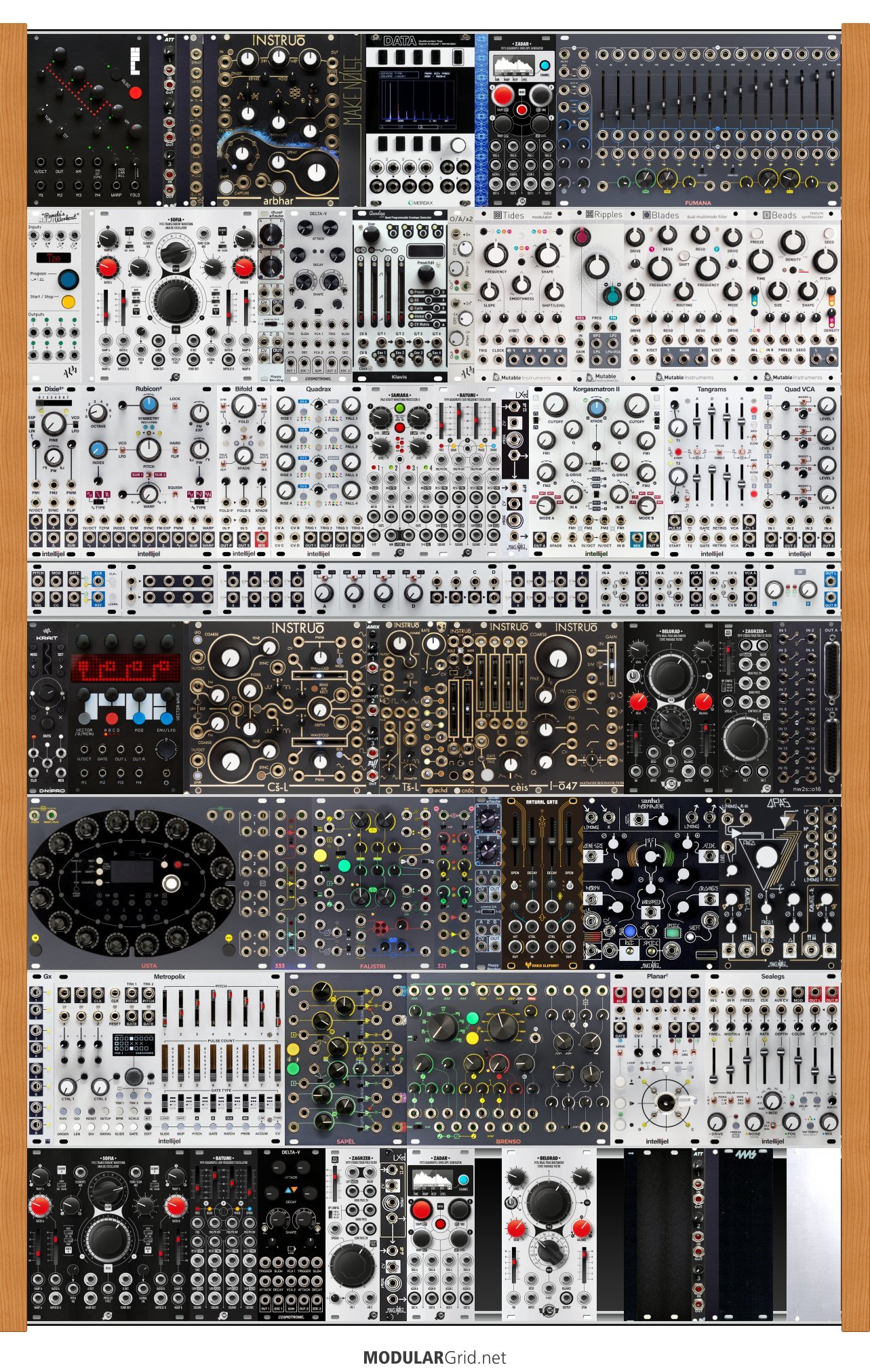Further to JimHowell1970's comment above -
After messing with a lot of different methods, I can say that the nw2s:016 is the best tool to get audio into a signal level and format pro-level audio interfaces prefer. If you need multi-channel with the intent to multitrack, don't mess around with multiple stereo modular-to-line level modules (this will always end up costing more than nw2s); and the USB interface and Modular-to-ADAT modules (ie. Expert Sleepers, Birdbrain etc..) on the market right now just don't compare (sound quality, noise floor, sampling rates) to the ADCs inside interfaces from Focusrite, MOTU or Universal Audio.
For live purposes, many mixers can pad down modular levels - but having 16 jacks in your system with the nw2s:016 is so convenient, and connects easily with two DB25 snake cables to your mixer at a perfect line level your mixer will love.

